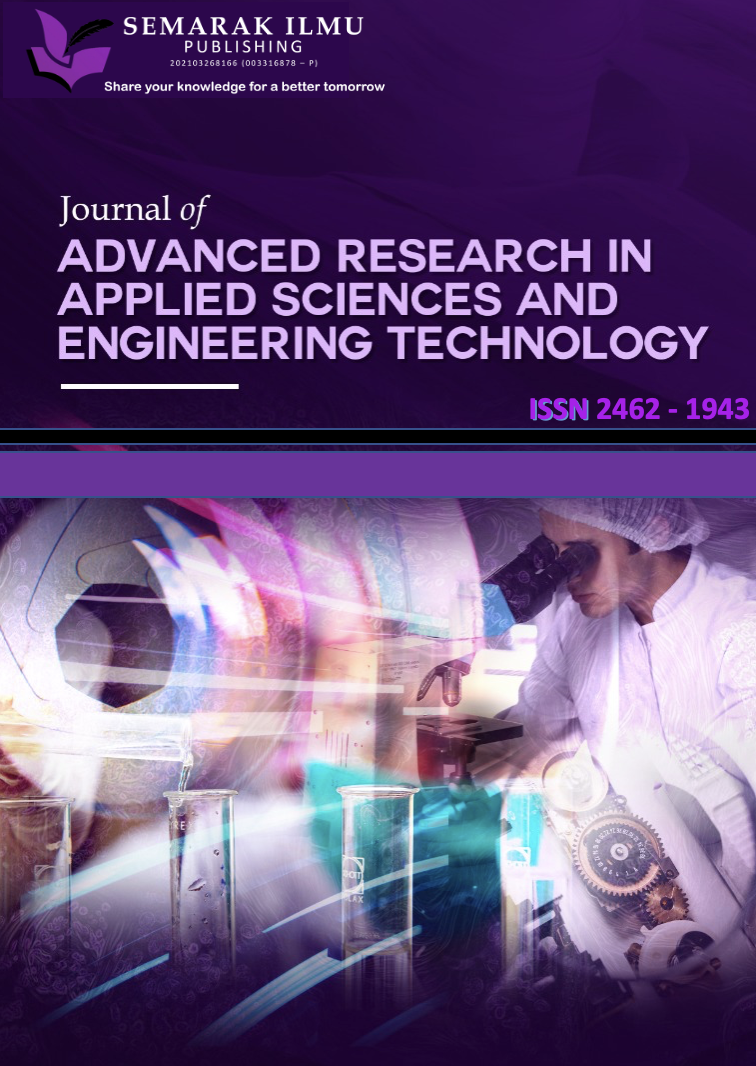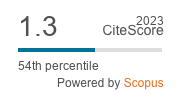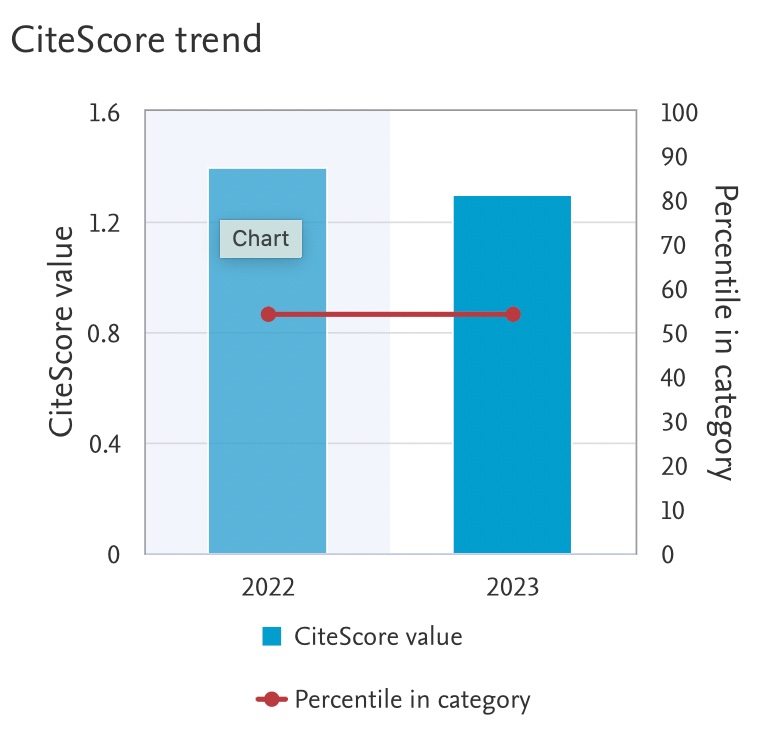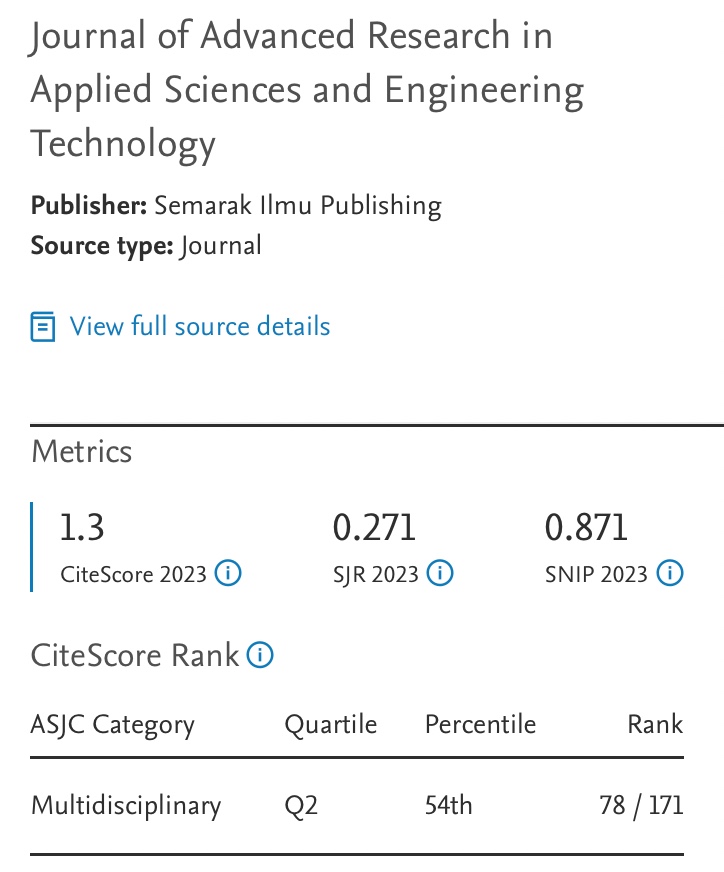Capacity Analysis of Reinforced Concrete and Composite Concrete with the Nonlinear Time History of Imperial Valley Earthquakes
DOI:
https://doi.org/10.37934/araset.63.2.5463Keywords:
Intake building, ETABS, nonlinear time historyAbstract
The design of a water intake system will be a highly efficient water use plan for the future fulfilment of water resources. In the case of pump intake building, a pier-type intake with reinforced concrete, steel structures and composite steel piles was used. 3D finite element modelling with a nonlinear time history loading method using Finite Element Analysis software was conducted to determine the failure performance of the structural capacity. The ground motion data utilised were Imperial Valley-06 of 1979, which were matched with the response spectrum of Bengkulu City and entered into the programme as earthquake load scaled to 2 times the original scale. The results of the structural capacity analysis included floor deviation, beam deflection, composite ratio and steel frame ratio. When the earthquake scale was increased to 1.5 × A0g, structural damage occurred in the steel columns because the damage ratio value was ≥1, indicating that the steel structure’s load value exceeded the steel material’s stress–strain capacity. The reinforced concrete pile cap beams also showed evidence of structural damage due to increased seismic loads because the deflection value of the beam structure exceeded the predetermined allowable deflection value. However, no structural failure occurred in the composite column structure because the capacity of the composite material was still able to withstand the earthquake’s magnitude.
Downloads





























